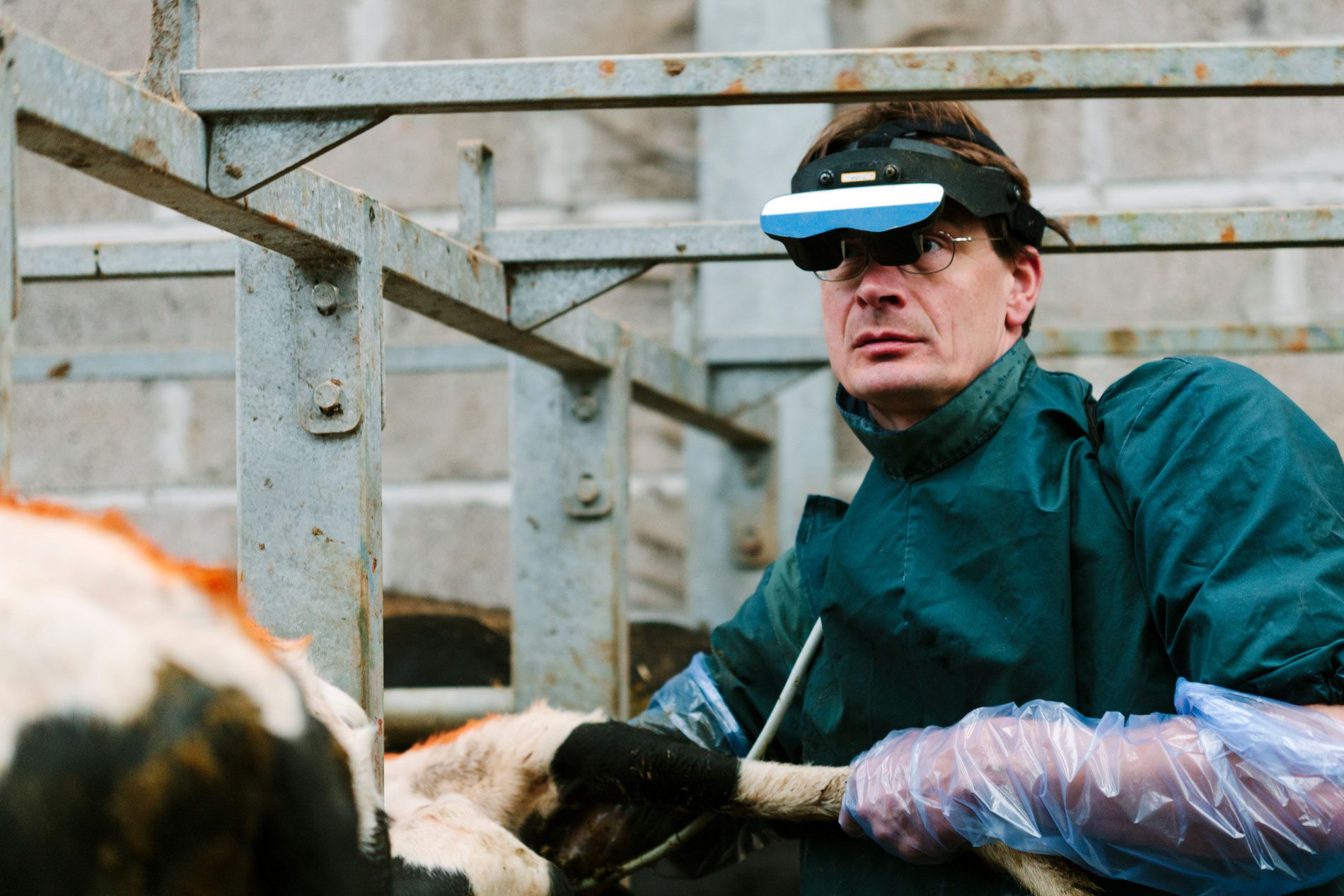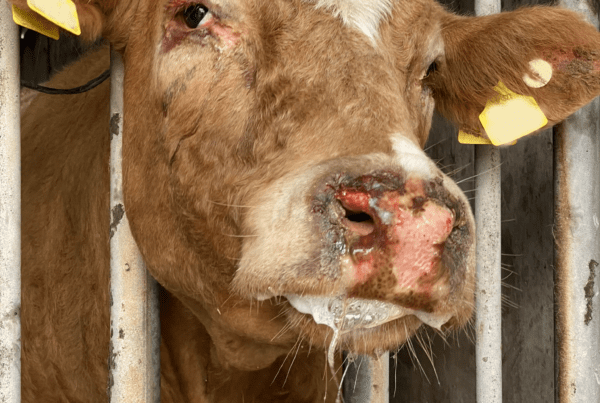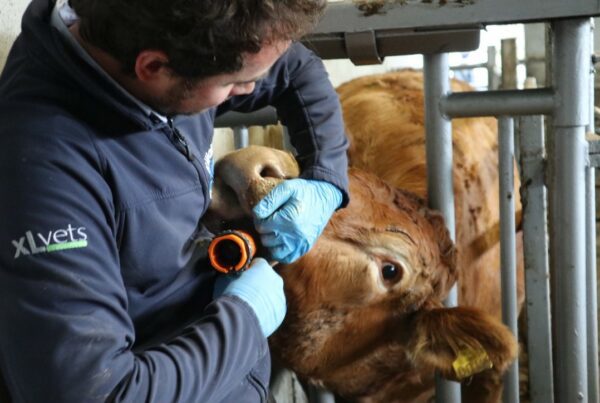Article by Tadhg Murphy MVB
Adare Veterinary Clinic, Adare, Co. Limerick
Ultrasound scanning has long been used to determine which cows are pregnant at the end of the breeding season and to facilitate culling of the empty cows. However, ultrasound has a far greater role to play in improving the fertility, the management and ultimately the profitability of the dairy enterprise.
One of the main goals of a successful breeding season is a compact calving pattern which has many benefits. However, this process begins the previous March/April and is influenced by factors such as nutrition, genetics, infectious disease, heat detection, heifer rearing and many others. All of these factors must be in order to maximise fertility. In this article, I will show how ultrasound can also have an important influence on overall herd fertility.
Benefits of Compact Calving
- Longer average lactation length
- Longer time for cows to recover and go back in calf
- Reduced culling rate due to infertility therefore fewer replacements required (less costs)
- Calving finished before breeding season starts
- Uniform replacement heifer calves
- Ease of management as cows at similar stage of lactation
Important Definitions Explained:
3-week Submission Rate: This is the % of cows that receive at least 1 service/insemination in the 1st 3 weeks of the mating season.
Conception Rate: This is the % of a herd that have a viable pregnancy relative to the number of services.
Pregnancy rates are governed by both submission rates and conception rates however research has shown that submission rates are a much stronger driver of 6-week calving rates than conception rates to 1st service. Ultrasound can greatly influence both submission and conception rates.
Important Targets
- 70% of herd cycling by MSD (Mating start date)
- 90% of herd bred in 1st 3 weeks (submission rate)
- Conception rates. Cows 60%, heifers 70%
- >70% cows pregnant in 1st 6 weeks
- >90% cows pregnant at end of mating period
Benefits of ultrasound prior to and during the mating season;
- Detection of Anoestrus (non-cycling cows) – Ultrasound can identify those cows that haven’t started cycling yet. This will allow hormonal treatments to be undertaken, if appropriate, to remedy individual cows or if a high % of cows are anoestrus it may highlight a nutritional/mineral problem that can be addressed.
- Detection of Endometritis/Pyometra – These are infections of the uterus which may or may not result in a discharge with obvious effects on conception rate. Ultrasound will identify these and allow appropriate treatments/washouts.
- Detection of cystic ovaries – These cows can show no heats or too frequent heats.
- Early Embryonic deaths (EED) – These can be as high as 20-30% and will result in cows not returning to service at the 21day interval and may be assumed to be in calf. Ultrasound will identify such cows, and hormonal treatment will allow them to be rebred before it is too late. A higher than expected EED rate can indicate the presence of infectious diseases such as Leptospirosis, BVD, IBR, Neospora or nutritional/mineral imbalances.
- Sub Fertile bull – Early pregnancy ultrasound scanning can detect poor conception rates due to subfertile bulls or perhaps poorly stored semen.
- Facilitating hormonal treatment – Ultrasound can identify the state of the reproductive cycling allowing optimal hormonal treatment to be administered.
- Use of high-value semen – The pre-breeding scan can identify the cows with the optimal reproductive tracts for the most expensive A.I straws.
- Identifying Twins – Cows carrying twins can be identified with ultrasound for early drying off and extra feeding. (2-3month pregnancy)
- Sexing – Cows carrying bull and heifer calves can be identified. (2- 3month pregnancy).
During routine fertility visits, cows to be examined should include;
- Cows calved 42 days without showing heat
- Cows that have held the afterbirth or have a discharge
- Cows that had a difficult calving
- Repeat breeders
- Cows showing irregular heat periods
- Poor and thin cows
- Cows > 35 days served to confirm pregnancy




